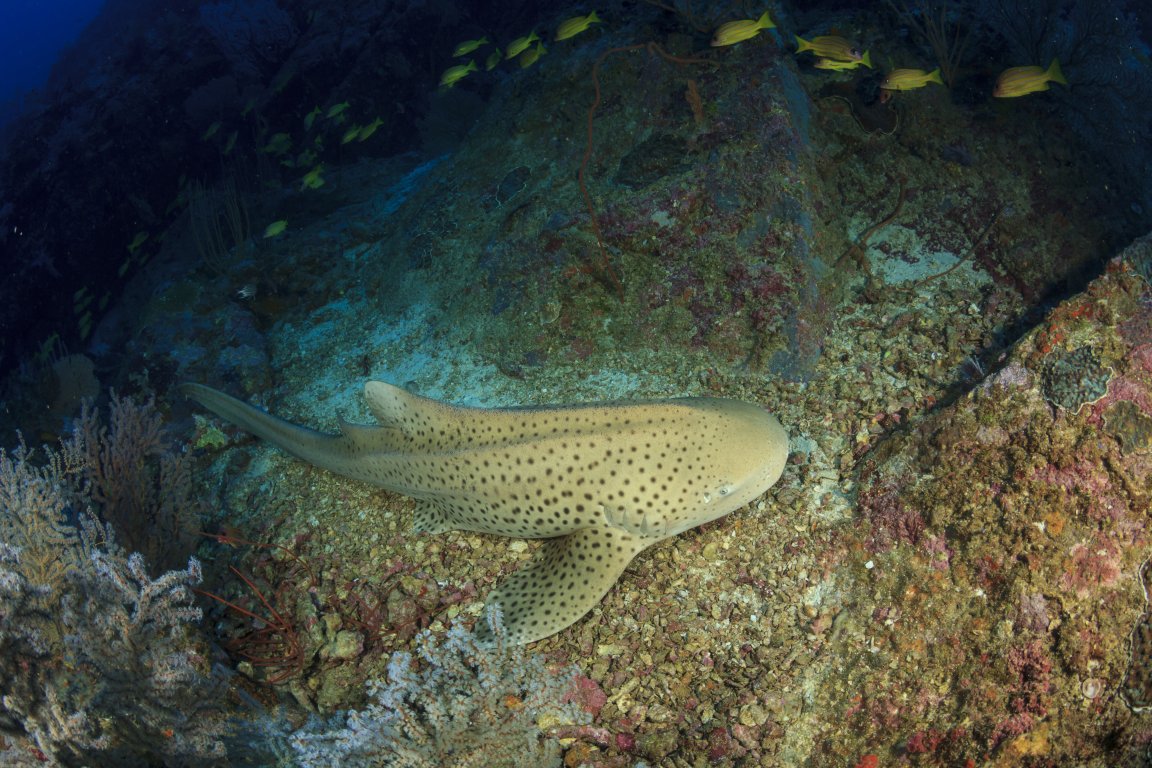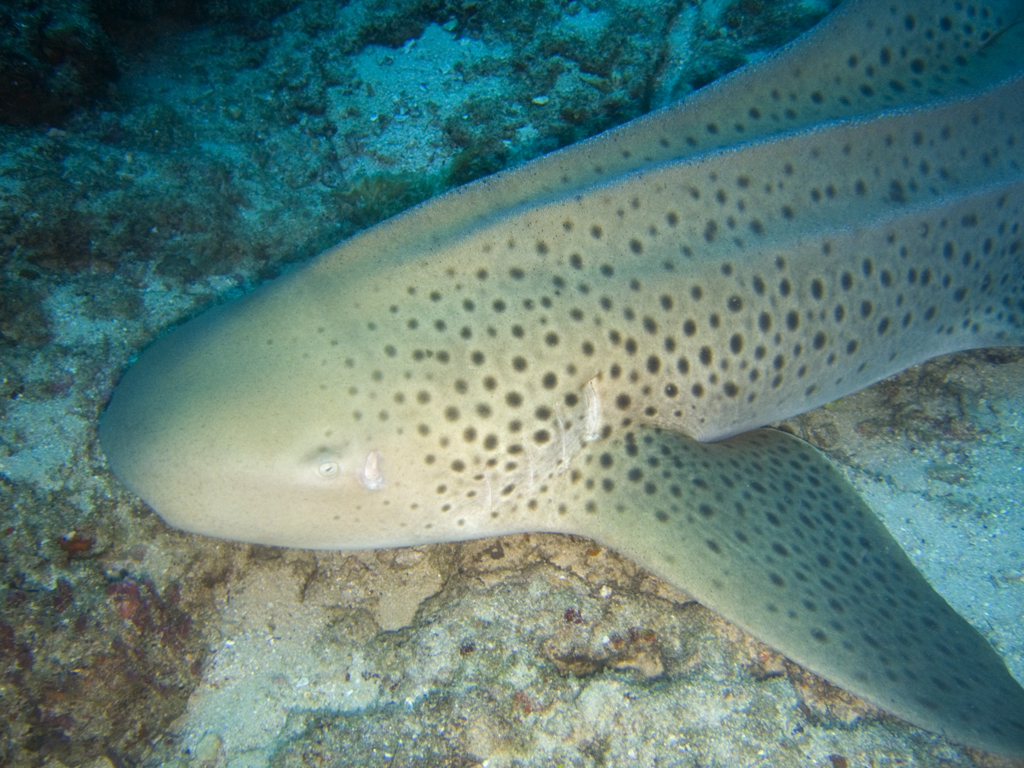
The Big Switch
In 2013, Leonie, a female zebra shark in a Queensland aquarium, was separated from her breeding partner, Leo. But in April 2016, Leonie gave birth to three pups. During the years in between, Leonie shared a tank with other female sharks, with no male contact – meaning Leonie just made history by becoming the first shark scientists have successfully observed making the switch from sexual to asexual breeding.
“In April 2016 Leonie hatched three eggs, despite having no access to a mating partner for three mating seasons. We thought she could be storing sperm but when we tested the pups and the possible parent sharks using DNA fingerprinting, we found they only had cells from Leonie,” said Dr. Christine Dudgeon of University of Queensland’s School of Biomedical Sciences.
This phenomenon is extremely rare, but parthenogenesis – a process that prompts the development of embryos without the need for fertilization – does happen. It’s more common among plants and invertebrate animals, but it has been known to occur among sharks and lizards.

So why all the fuss about Leonie giving birth asexually if other sharks have done the same thing? Well, in other cases where sharks produced asexually, there was no history of sexual reproduction at all. They’d only ever reproduced asexually. In Leonie’s case, she went from breeding with with Leo (the pair have more than 20 offspring), to asexually producing three pups years after she was moved away from her partner.
The Results of Captivity
It seems captivity may play a role in this evolutionary shift. There are only two other instances of this occurrence – from an eagle ray and a boa constrictor, and both were held in captivity. In the case of Leonie, who was placed in a different tank from her mate after the pair was producing too many pups for the staff to handle, Dudgeon believes that the shark was simply adapting to her new circumstances.
This could prove to be a critical survival mechanism for the species, especially since it has been identified as an endangered species by the IUCN Red List. The question is, is this phenomenon exclusive to animals kept in captivity, or is it also something that could occur in the wild?
“One reason why we haven’t seen it before could be because we haven’t been looking for it. It might be happening in the wild but it’s never been recorded in this species before,” Dudgeon adds.
It’s important to note however, that there could be serious consequences to this survival tactic, and it may just prove to be a short term solution. According to Dudgeon, “this is an extreme form of inbreeding.” These animals need genetic diversity to make sure that it continues to adapt to an ever-evolving environment.
Dudgeon now plans to monitor the pups development through maturity to see if they can eventually reproduce on their own or find a mate.